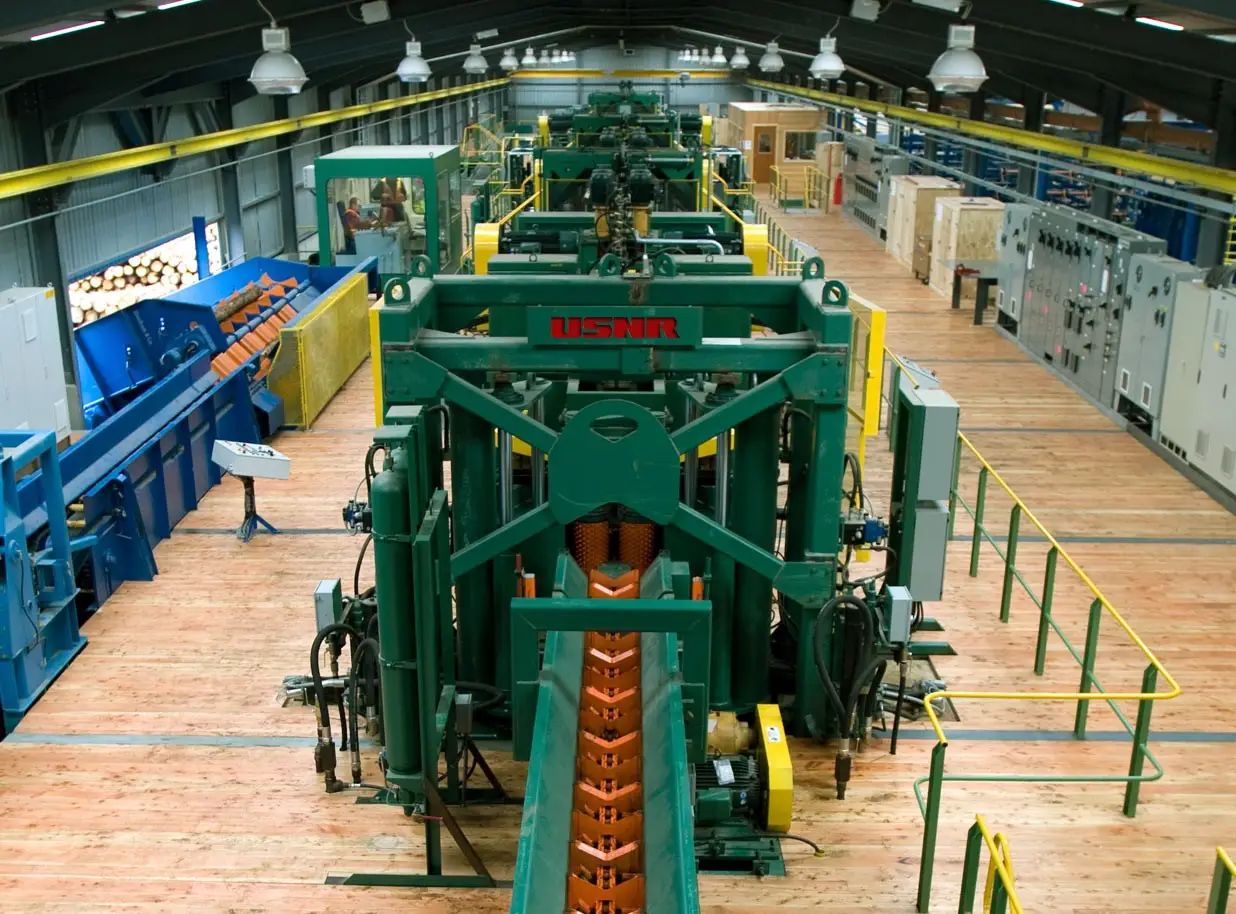Jasper Timber's $135 million sawmill upgrade nears completion
According to Timber Market News on April 14, 2025, Jasper Timber Company's sawmill upgrade project in Jasper, Alabama is nearing completion. The long-term renovation project, with a total investment of US$135 million, began in 2020 and is expected to be fully completed in 2026.
Capacity data highlights:
- Annual production will increase from 65 million board feet to 225 million board feet
- The increase was 246%, mainly for the Southern pine product line
LumberFlow Expert Interpretation
Impact on Chinese importers:
- After the plant is wholly acquired by Canada's Tolko Group in 2024, its southern pine exports are expected to increase by 30-40%, mainly to the Asian market.
- After the new capacity is released in 2026, the monthly shipment volume of Southern Pine from the U.S. Gulf ports (such as Mobile) to major Chinese ports may increase by 80,000-100,000 board feet.
- But these seem irrelevant under the current premise that China and the United States are imposing tariffs on each other.





